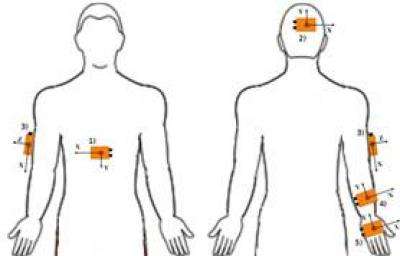A novel motion tracking system assesses functional rehabilitation of the upper limbs

Upper limb function impairment is one of the most common sequelae of central nervous system injury. Conventional assessment methods cannot provide objective evaluation of patient performance and the effectiveness of therapies.
The most common assessment tools are based on rating scales, which are inefficient when measuring small changes and can yield subjective bias. An objective quantification of patient performance during rehabilitation can be achieved using instruments to capture motion trajectories and specific details of task execution.
Various commercial systems use different sensor technologies to accurately track human motion. Electromagnetic motion capture systems have been widely used to track human movements in virtual reality applications. While the problem of marker occlusion does not arise with these systems, the electromagnetic fields they use are subjected to interference and are affected by metallic objects.
Ángel Gil-Agudo and colleagues from National Hospital for Spinal Cord Injury of Spain designed an inertial sensor-based monitoring system and developed a kinematic model with nine degrees of freedom to analyze upper limb and head movements in three dimensions. This system was then validated using a commercial optoelectronic system. These findings, published in the Neural Regeneration Research, suggest that an inertial sensor-based motion tracking system can be used in patients who have upper limb impairment through data integration with a virtual reality-based neurorehabilitation system.
More information: Neural Regen Res. 2013;8(19):1773-1782.


















